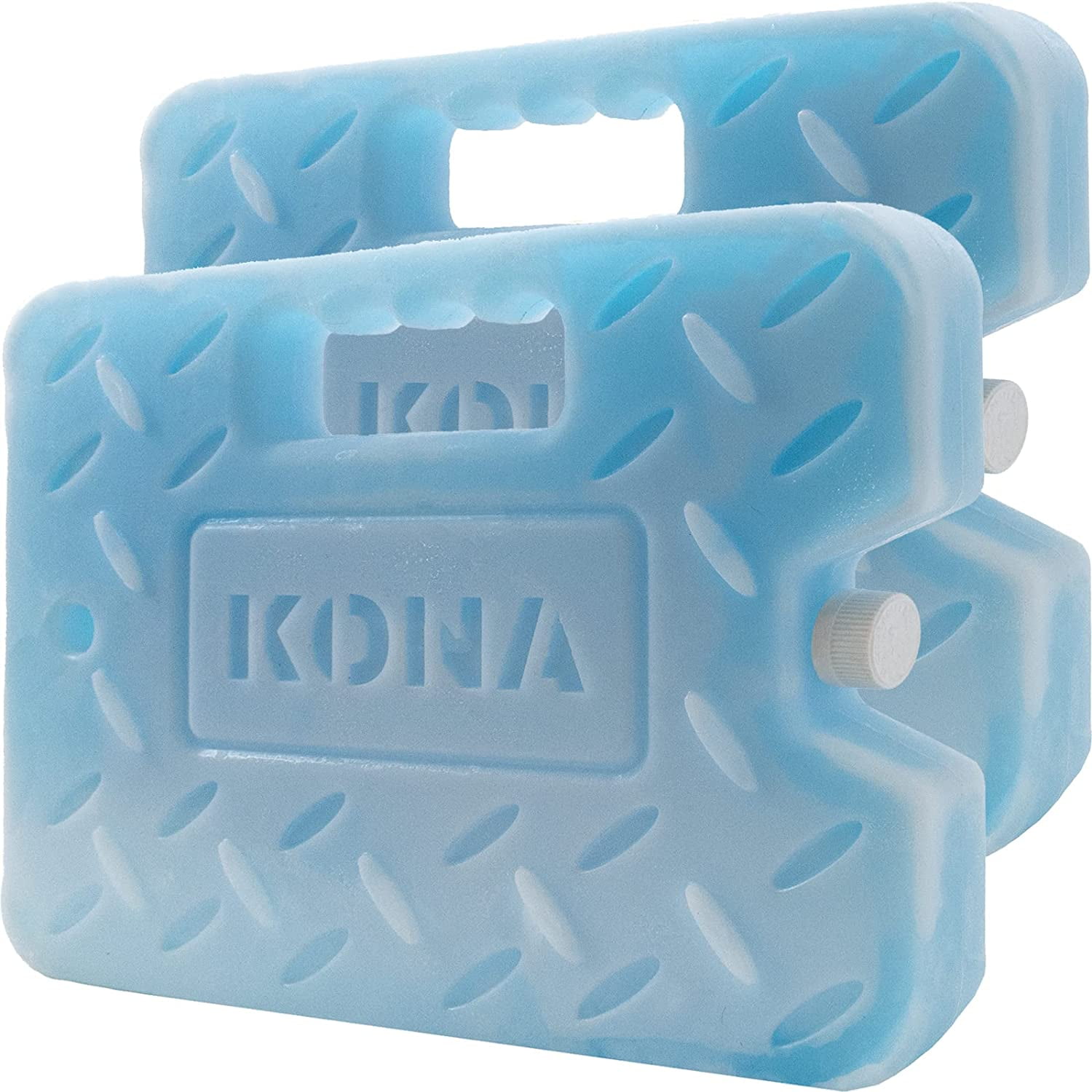Plug In Ice Pack For Cooler

The pervasive problem of food spoilage during transit and outdoor activities may soon be relegated to the annals of history. A revolutionary innovation, the plug-in ice pack, promises to redefine portable cooling, offering precise temperature control and extended cooling durations without the mess and limitations of traditional ice. This breakthrough, poised to disrupt the cooler industry, is attracting attention from consumers, businesses, and environmental advocates alike.
At the heart of this emerging technology lies a thermoelectric cooling system miniaturized and integrated into a self-contained, reusable ice pack. Unlike conventional ice, which melts and requires constant replenishment, these plug-in units utilize the Peltier effect to actively draw heat away from the cooler's contents. The key benefit of the plug-in ice pack is to maintain consistent, user-defined temperatures, extending food preservation and reducing waste, appealing to both individual consumers and supply chain logistics.
The Technology Behind the Chill
The core of the plug-in ice pack relies on the Peltier effect, a phenomenon where a temperature difference is created by transferring heat between two electrical junctions. When a DC current passes through the thermoelectric module inside the ice pack, one side becomes cold, absorbing heat from the cooler, while the other side becomes hot, dissipating heat to the surrounding environment.
Sophisticated electronic controls manage the temperature, cycling the Peltier module on and off to maintain the user-defined setting. Many models feature digital displays, allowing precise temperature adjustments and real-time monitoring. Some high-end models even offer smartphone connectivity, providing remote control and temperature alerts.
Power requirements vary, but most units are designed to operate on readily available power sources, including standard AC outlets, DC car adapters, and portable power banks. This versatility allows for seamless transitions between home, vehicle, and outdoor settings.
Market Impact and Consumer Adoption
Early adopters have praised the plug-in ice packs for their convenience and performance. "I was constantly battling melted ice and soggy sandwiches on camping trips," says John Smith, an avid outdoorsman. "This eliminates all of that. It's a game-changer."
Retailers are also beginning to recognize the potential of this technology. "We're seeing a growing demand for more sustainable and efficient cooling solutions," notes Sarah Lee, a buyer for a major outdoor equipment chain. "These ice packs align perfectly with that trend."
However, some consumers have expressed concerns about the initial cost of plug-in ice packs, which can be significantly higher than traditional ice. The cost of electricity to run the packs is also a consideration, although manufacturers claim that the energy consumption is minimal.
Environmental Considerations
From an environmental standpoint, plug-in ice packs offer a compelling alternative to traditional ice. The reduction in single-use plastic bags and the elimination of water waste are significant benefits.
Furthermore, the extended food preservation offered by these devices can help reduce food waste, a major contributor to greenhouse gas emissions. The Environmental Protection Agency (EPA) estimates that food waste accounts for a significant portion of landfill material.
However, the manufacturing process and the eventual disposal of electronic components raise concerns about e-waste. Recycling programs and responsible disposal practices are crucial to mitigating the environmental impact of these devices.
The Competitive Landscape
Several companies are now vying for a share of the plug-in ice pack market. Cooler Innovations Inc., ThermoChill Solutions, and Arctic Breeze Technologies are among the leading players. Each company offers a range of models with varying features and price points.
Competition is driving innovation, with companies focusing on improving energy efficiency, increasing cooling capacity, and enhancing user-friendliness. Patent filings are on the rise, indicating a strong focus on protecting intellectual property and gaining a competitive edge.
The entry of established cooler manufacturers into the market could further accelerate adoption and bring down prices. Brands like Coleman and Yeti are reportedly exploring integrating thermoelectric cooling technology into their product lines.
Future Trends and Innovations
The future of plug-in ice packs looks promising. Advancements in thermoelectric materials are expected to improve cooling efficiency and reduce energy consumption. Miniaturization will allow for integration into smaller coolers and portable containers.
Integration with smart home and IoT platforms is also on the horizon. Imagine a cooler that automatically adjusts its temperature based on the contents and ambient conditions, controlled remotely via a smartphone app.
Moreover, research is underway to develop biodegradable and compostable materials for the outer casing of the ice packs, further reducing their environmental footprint. Such development can improve the value and demand for this product.
Despite some challenge on the high cost, the plug-in ice pack is poised to become the new standard in portable cooling. Its advantages in terms of convenience, performance, and environmental sustainability make it a compelling alternative to traditional ice. As technology evolves and prices become more competitive, this innovation will transform how we keep our food and beverages cold on the go.

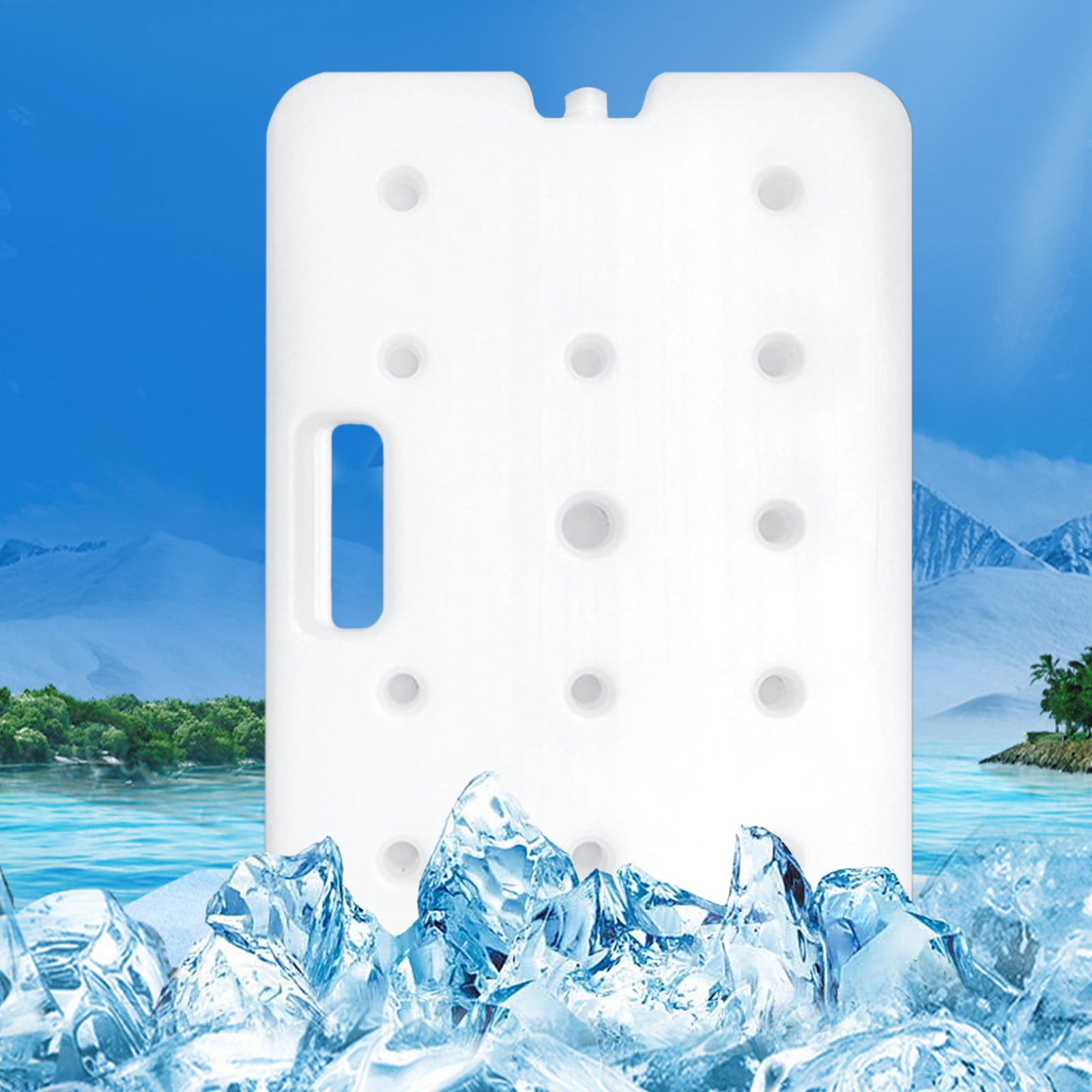
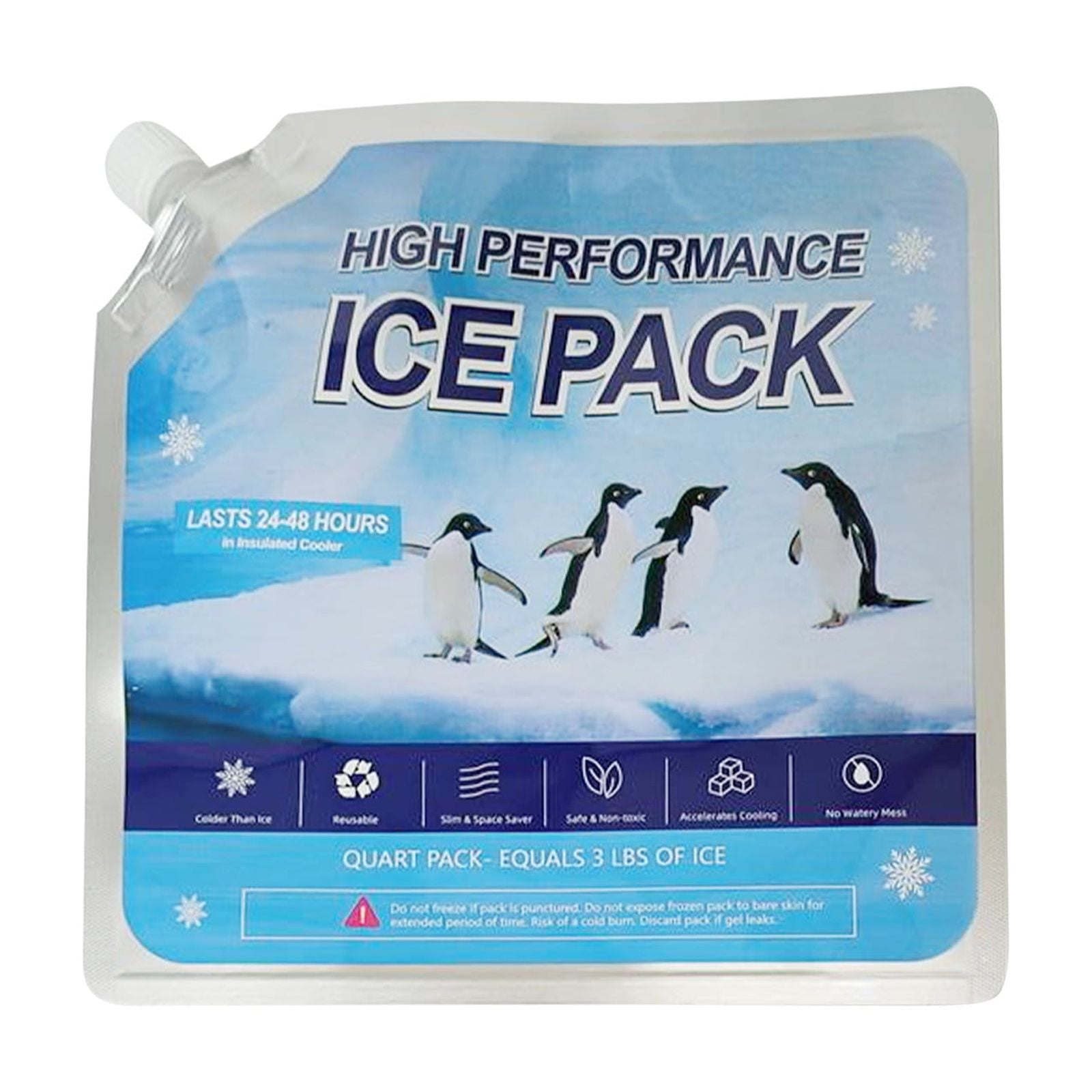
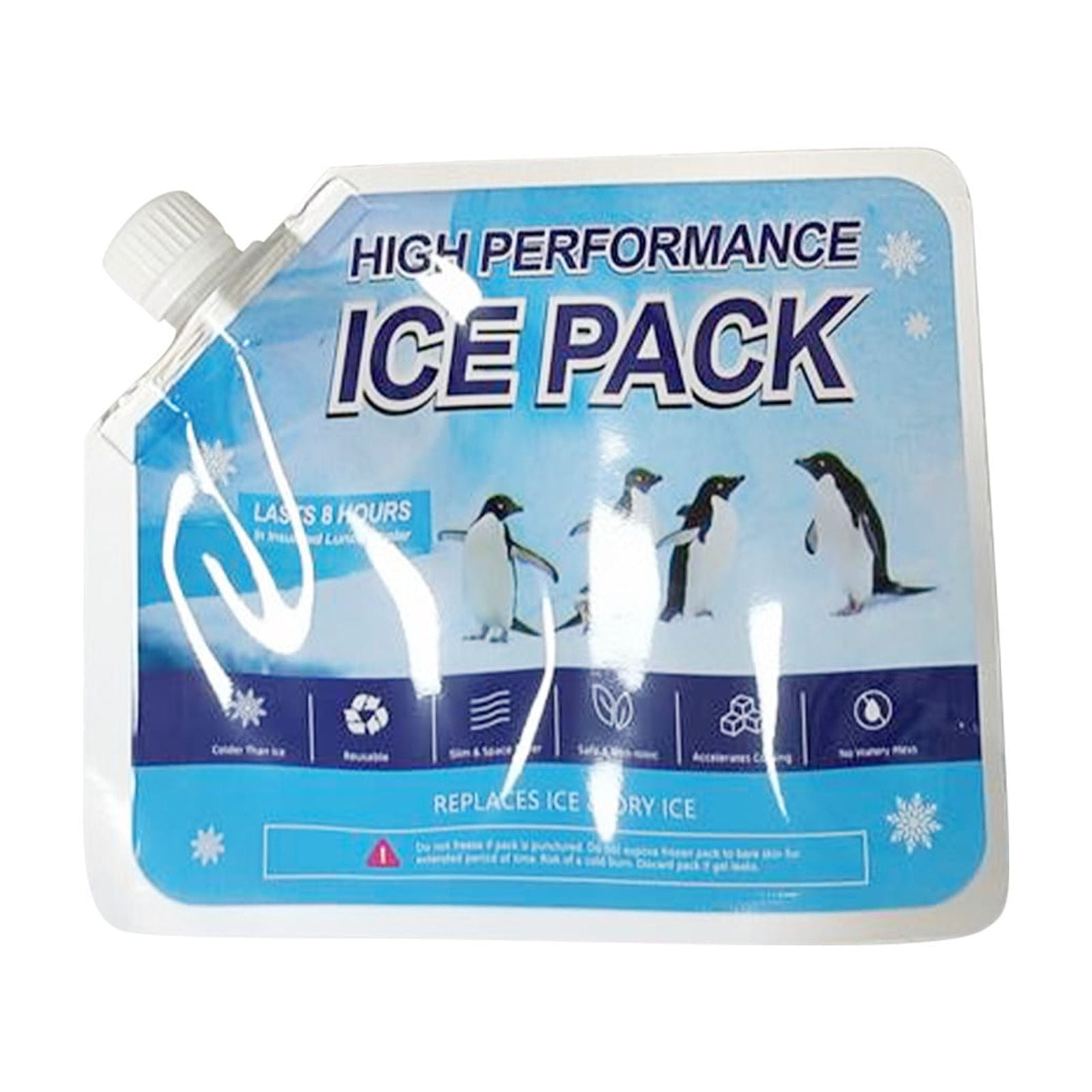

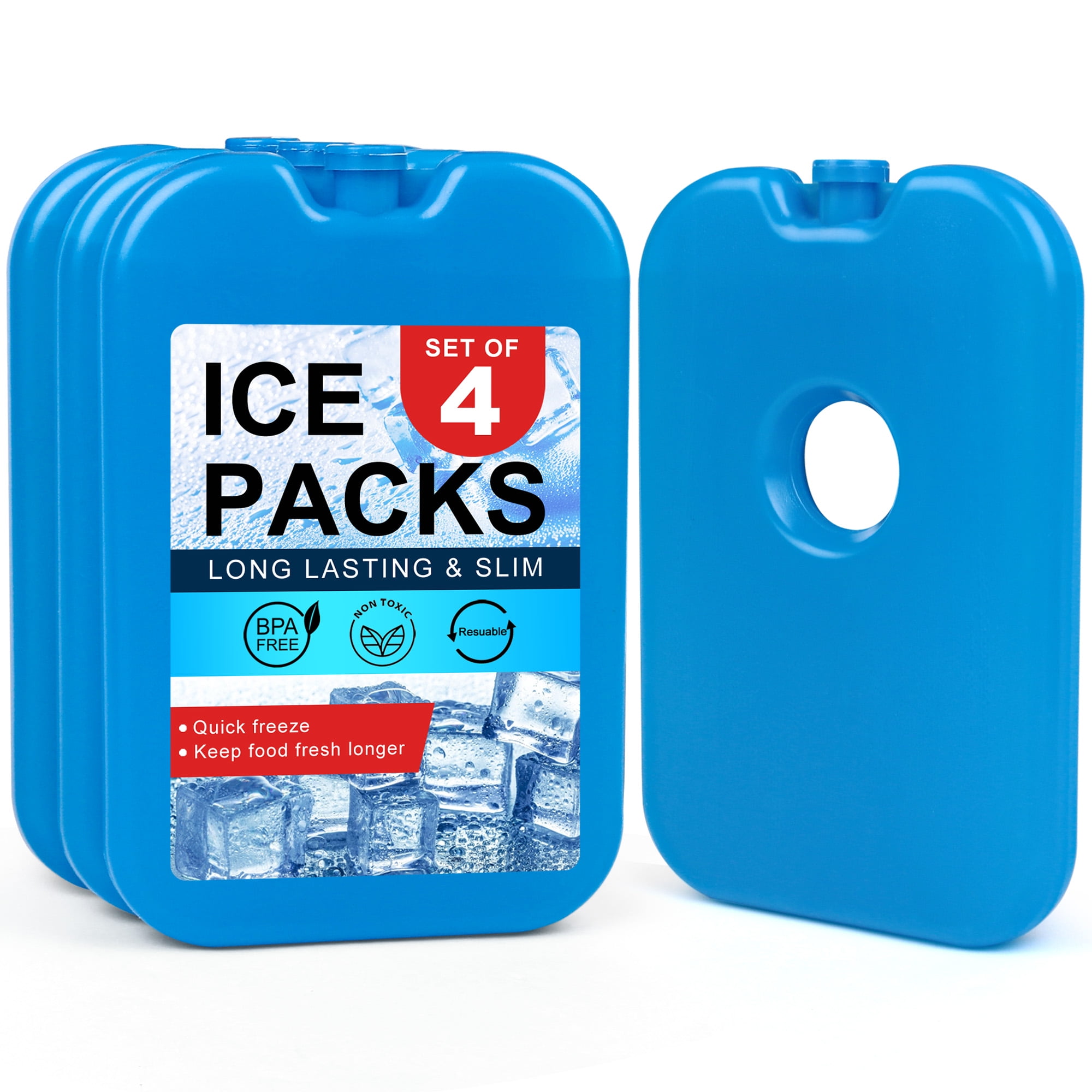



![Plug In Ice Pack For Cooler 11 BEST Ice Packs For Coolers [2024]: Ice & Gel Packs](https://theatlasheart.com/wp-content/uploads/2023/05/Cooler-Shock-Reusable-Ice-Pack.jpg)



